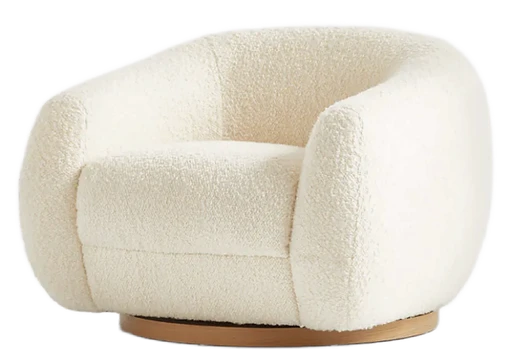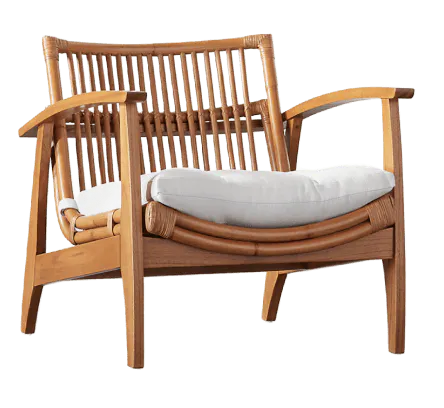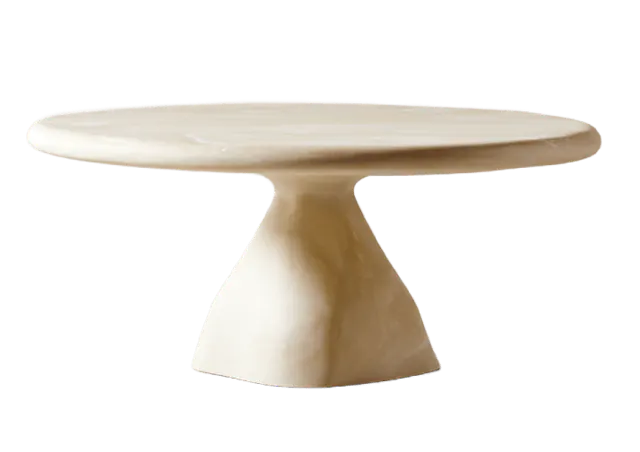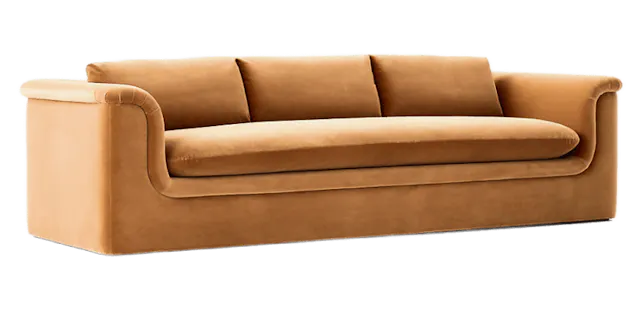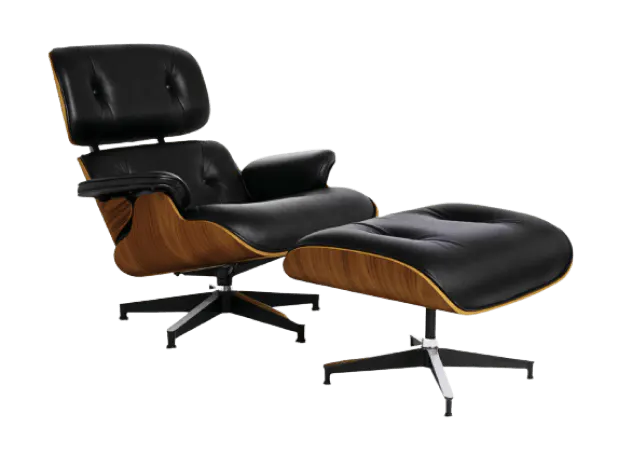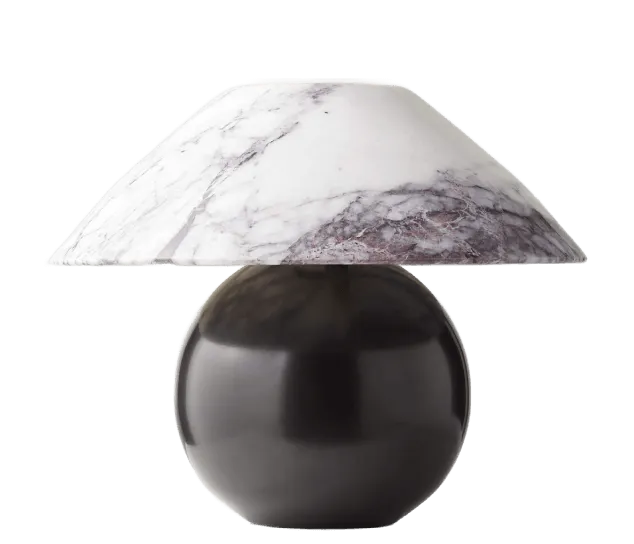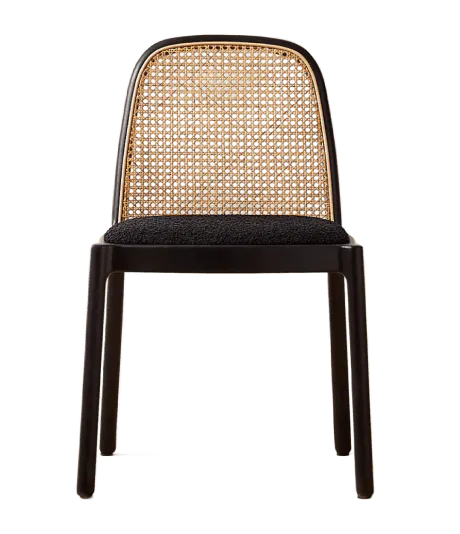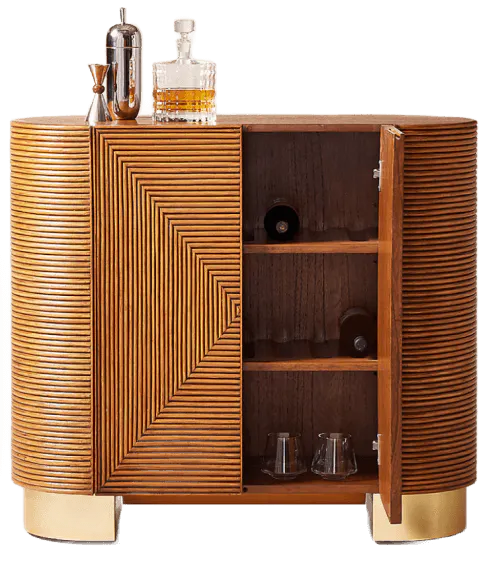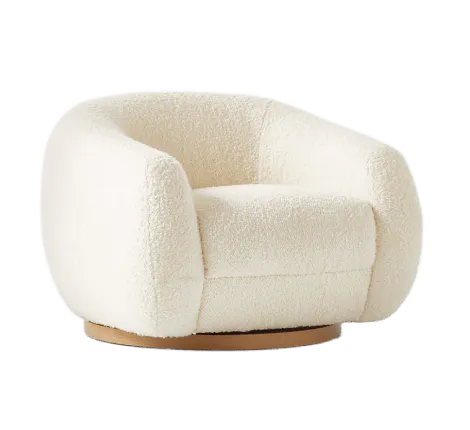What Is a Daybed?
Definition and Purpose
A daybed breaks the usual furniture rules. It's like a couch that got stretched out, or maybe a bed that's trying real hard to be a sofa. Three sides make up its frame, giving it that distinct living room look. But this isn't your average seating situation. One minute, you’re lounging with decorative pillows; next, you’re stretched out for a full night's sleep.
Most come fitted for a twin mattress (about 75 inches long and 39 inches wide). That's the secret sauce right there: it's basically a bed playing dress up as a couch. Perfect for folks who can't stand wasting an inch of space. Most people dont think about getting one until that moment they need an extra sleeping spot.
Common Uses
These things really shine in spots where space gets tight or rooms need to multitask:
Studio apartments where every piece needs to work overtime
Home offices that transform into guest rooms
Kids' spaces that go from playground to sleepover central
Living rooms needing extra seating plus sleeping options
You see them a lot in vacation rentals, too. Smart furniture for smart spaces.
Types of Daybeds
By Material
The way a daybed looks and feels comes down to what it's made of. Each material brings its own personality:
Wood frames feel solid and traditional. They might be heavy, but there's something comforting about them
Metal ones are lighter and easier to shift around. Perfect for that vintage or clean look
Upholstered styles add that soft touch. They work great in modern spaces
Each material sets its own mood. Woods got that cozy home feel, metals more industrial cool, and fabric just makes everything feel fancy.
By Function
This is where daybeds get interesting. Some just do the basics, while others work overtime:
Basic frames keep it simple with just the essentials
Trundle types hide an extra bed underneath, like this white wooden day bed with trundle
Storage styles pack drawers below the mattress
Pop-up versions can turn into bigger beds
It's like getting three pieces of furniture packed into one. Pretty smart, really.
By Location
Where you’re putting it matters a lot:
Indoor ones focus on style and comfort
Outdoor versions use tough materials like wicker or treated wood
Put one outside, and suddenly your patio feels like a resort spot.
Daybed vs Sofa vs Sleeper Sofa
Functionality Comparison
Let's break down these cousins in the furniture family:
Daybed works like a bed you can sit on. It's got a real mattress and doesn't try to hide what it is.
Sleeper sofa plays hide-and-seek with its mattress. Usually bigger and heavier than you’d expect.
Regular sofa just sits there. It’s a sofa. No tricks up its sleeve.
Sleeper sofas try to do everything but often end up being not great at anything. Daybeds are more honest about what they are.
Ideal For
Daybed fits best when you’re working with tight spaces or need something that switches roles.
Sleeper sofa makes sense if you host people often and need serious sleeping space.
Regular sofa still wins for everyday hanging out and TV watching.
Daybeds really show their stuff in those in-between spaces. Like that home office that sometimes needs to host your cousin from out of town. Or that playroom that turns into a guest room once in a while.
Key Daybed Components

Image: Aysun Upholstered Daybed with Trundle
Frame Types
The bones of a daybed tell you what it's really made of:
Metal ones feel light and breezy. Easy to drag around when you need to
Wood frames mean business. They’re solid, but boy, are they heavy
Padded styles look fancy and feel soft. Just keep the cat away
Some smart ones come with built-in storage or shelves. Makes them work even harder for their space.
Mattress Types
You'll need a twin-size mattress (75 inches by 39 inches), but there are options:
Memory foam feels like sleeping on a cloud. Worth it if you're using it lots.
Air-filled works in a pinch. Cheap but not built to last.
Basic foam sits fine, but sleep? Not so much.
Spend more if adults use it daily. Save money if it's just for the kids' occasional sleepover.
Add-ons
Hidden bed pulls out from underneath.
Rising trundle makes a bigger sleeping spot.
Storage drawers hide all the extra stuff.
Daybed Dimensions and Mattress Guide
Mattress Sizes
Most daybeds stick to the basics when it comes to size. And there's a good reason for that:
Standard twin is what you'll see everywhere. It’s just right for most spaces.
Full-size exists, but good luck finding one. They're chunky and take up way more room than you'd think.
Twin size just works better. Simple as that. It's like the furniture world figured out the sweet spot and stuck with it.
Daybed Dimensions
The numbers matter here. Really matter:
Length runs about 75 to 80 inches. Depends on how fancy the frame gets.
Front to back usually hits around 35 to 45 inches. That's with all the frame stuff included.
How tall can be anywhere from chair height to almost chest high. Some are real tall.
But here's the thing. You gotta measure your space first. Nothing worse than getting it home and finding out it won't fit under that window you were thinking about. Been there.
Choosing Mattress Material
This is where people mess up. They forget it's actually gonna be used as a bed:
Memory foam costs more but feels amazing. Worth every penny if you're gonna sleep on it lots.
Air mattress or cheap foam works for the guest room nobody uses. But don't expect miracles.
Traditional springs feel familiar. Older folks tend to like these better.
If someone's gonna sleep on it every night, spend the money. If it's just for show, well, you know what to do.
Who Should Buy a Daybed?

Image: Twin Daybed With Storage Bench - 17 Stories
Look, not everyone needs a piece of furniture that works overtime. But some folks? They really do:
Small space dwellers who can't waste a single square foot
Parents trying to make kids' rooms work harder
People who host but don’t have a guest room
Anyone with rooms that multitask like home offices or bonus spaces
It's really for anyone who looks at their space and thinks, "This room needs to do more" or “I need ideas for a small bedroom.” Or maybe they're just tired of buying three different pieces of furniture when one could do the job.
Benefits and Drawbacks of Daybeds
Advantages
There's a lot to love here. First off, they're smart with space. Like really smart:
Takes up less room than a bed and couch combo
Gives you somewhere to sleep and sit
Most come with sneaky storage spots underneath
Works with pretty much any style you've got going
Easy to dress up with pillows and throws
It's perfect for those rooms that need to work harder without looking like they're trying too hard.
Common Issues
But let's be real. These aren't perfect:
Bigger folks might feel cramped
Won't feel as solid as a regular bed
You'll need a decent mattress, or your back will know it
Sometimes looks a bit odd next to normal furniture
And if you're going for that formal living room vibe? Might want to think twice. These things can stick out like a sore thumb in fancy spaces.
Daybed Styling Tips
How to Dress It Up
Making a daybed look good isn't rocket science. But it does take some thought:
Start with neutral pillows, then add some color pops
Throw on a cozy blanket. Just toss it there casual like
Don't go crazy with colors. These things already grab attention
The trick is making it look lived-in but not messy. Comfy but not sloppy. It's like decorating a couch that happens to be a bed.
Functional Decor
Make that space work harder:
Slide some nice baskets underneath
Put up shelves nearby for books and stuff
Add a little table or lamp to make it feel more like a real spot
You want people to think "cool hangout spot," not "oh, that's where people sleep sometimes."
Best Rooms for a Daybed
Room Placement Ideas
These things can go pretty much anywhere. But some spots just make more sense:
Extra bedrooms that don't get much action
Living spaces where you need more seating
Kids' spaces because they'll turn it into everything anyway
Home offices for those surprise overnight guests
Random rooms that don't know what they want to be
And here's the thing about daybeds. They're really good at making those weird corners useful. You know the ones. Those spots where nothing else quite fits right. Perfect spot for one of these.
Buying Considerations
Listen. Before you pull out that credit card, think about these things:
How big do you need it? Twin works for most, but full size exists.
What's it made of matters more than you'd think.
Extra stuff like drawers or pull-out beds might be worth it.
Look and feel should match your other stuff.
That mattress though. Seriously important.
And here's the thing about quality. If you're gonna use it every day, don't cheap out. Especially with upholstery. Because life happens. Spills happen. Cats definitely happen.
Alternatives to Daybeds
Maybe a daybed isn't your thing. That's cool. Check these out:
Sleeper sofas look more like regular couches
Murphy beds just disappear into walls
Flip couches do their thing without much fuss
Futons work if you're watching your wallet
Regular trundle setups give you two beds but less sofa vibes
Something's gotta work. It's just about finding the right fit for your space.
How to Choose the Right Daybed
Let's break this down real simple:
Get out that measuring tape first
Figure out what you need it for most
Pick something that won't fall apart
Make sure it doesn't look weird with your stuff
Test that mattress like you mean it
Bottom line? Make sure it works before you worry about how pretty it is. Pretty won't help when you're trying to sleep on it.
Layout Ideas For Daybeds
Putting a daybed in the right spot makes all the difference. It's not just about shoving it against a wall and calling it done:
Put it where the sun hits. Windows are your friend here. Makes the whole setup feel intentional, like it was meant to be there all along. Add a couple of small tables, maybe throw down a nice rug. Creates a whole little scene.
And if you've got a bigger room? Let that daybed float out there. Creates zones without walls. Pretty clever, really. The key is making it look like it belongs there. Not like you just needed an extra bed.
Is a Daybed Comfortable Enough to Sleep On Every Night?
Well. That's complicated.
Some are great for sleeping. Like really great. But you gotta get the good stuff. Memory foam mattress. Solid frame. All that jazz. Cheap ones though? Your back's gonna hate you in the morning.
Kids don't seem to mind either way. They'll sleep on anything. But adults? That's different. If you're planning on sleeping on it every night, spend the money. Your body will thank you later.
Maximizing Storage with a Daybed
Storage is where these things get really interesting:
Get one with drawers that pull out. Smart. Or just slide some nice boxes under there if the frame's open. But the real winners? Those headboards with built-in shelves. Now that's thinking.
The trick to bedroom storage is keeping it simple but useful. Nobody wants to wrestle with complicated storage systems. Just make it easy to get stuff in and out. And maybe pretty enough that you don't mind looking at it every day.
Bottom Line
Look, a daybed isn't trying to be fancy. Its just good at what it does. Sleep on it. Sit on it. Read a book there. Let your cousin crash on it when they visit. Whatever you really need.
Some furniture tries too hard to be everything. But daybeds? They just work. Perfect for that weird corner in your apartment or that spare room that doesn't know what it wants to be. The secret is getting one that matches how you'll actually use it. Get the frame right. Don't skimp on the mattress. Make sure it fits your life.
Want that designer daybed but can't swing the price? Here's a trick: use Dupe to find something similar that won't empty your wallet. Just grab the link of the fancy one you like and let the tool do its thing. Boom. Same look, better price.
Smart shopping for smart furniture. Makes sense.
Frequently Asked Questions
Can a Daybed Replace My Home Office Desk During Work Hours?
Yep—with firm cushions and a lap desk, a daybed becomes a comfy workspace. The frame gives back support, and you’ve got space to spread out. Bonus points if it has built-in storage for supplies. Great for small spaces that need to multitask.
How Do Outdoor Daybeds Handle Different Weather Conditions?
They’re made tough—think rust-resistant frames and weatherproof cushions. A covered porch is ideal, and having a storage box nearby helps. Some even come with built-in canopies for extra protection and shade. Surprisingly nap-friendly, too.
What Makes a Daybed Different from Traditional Japanese Futons?
Daybeds have solid frames and real twin mattresses, so they stay couch-shaped all day and don’t need flipping. Most sit higher, with storage or trundle space underneath. Futons fold, but daybeds feel more like a regular bed.
Why Do Some People Choose Full-Size Daybeds Over Twin Size?
Full-size daybeds give you 15" more room—great for taller guests or stretching out. They’re cozier for couples, too. Just keep in mind they take up more space and can be harder to find sheets or trundles for.
How Can Daybeds Work in Open Floor Plan Living Spaces?
Use one as a soft room divider—it separates zones without blocking light or sightlines. Bonus: you get seating that works double duty. Some folks even place two back-to-back with a slim table between for a stylish focal point.







